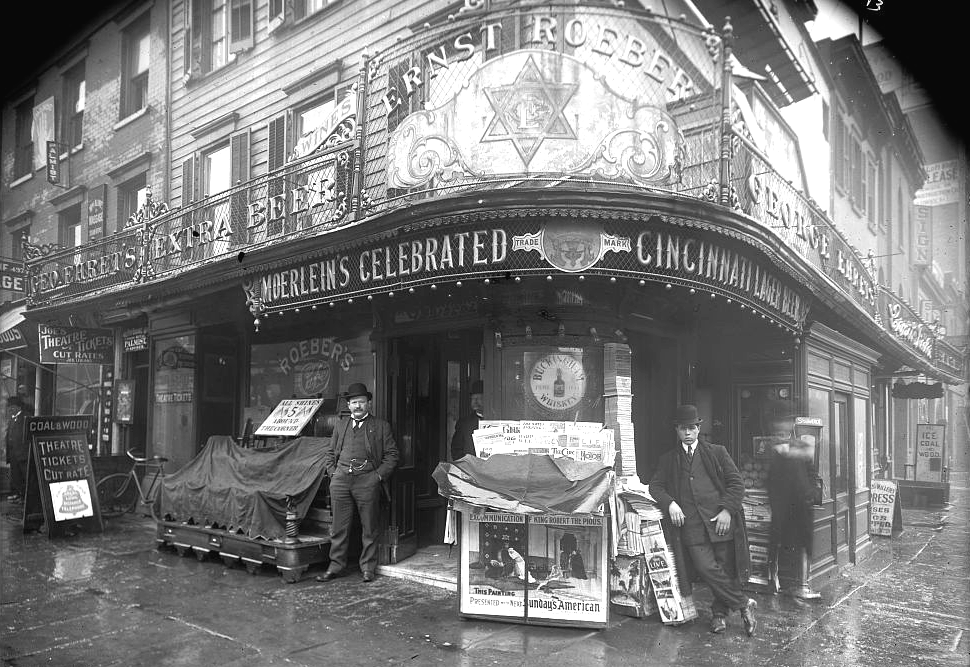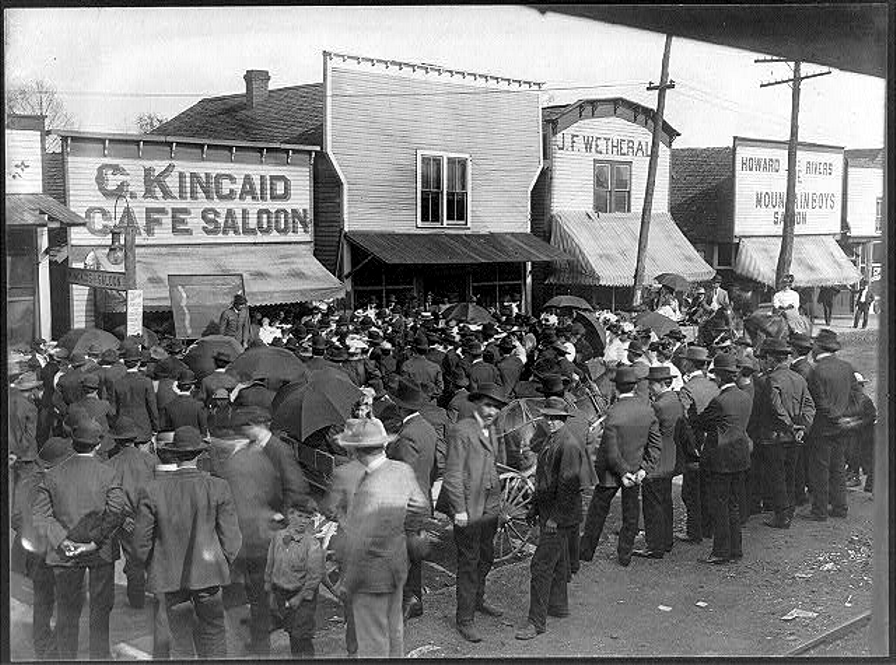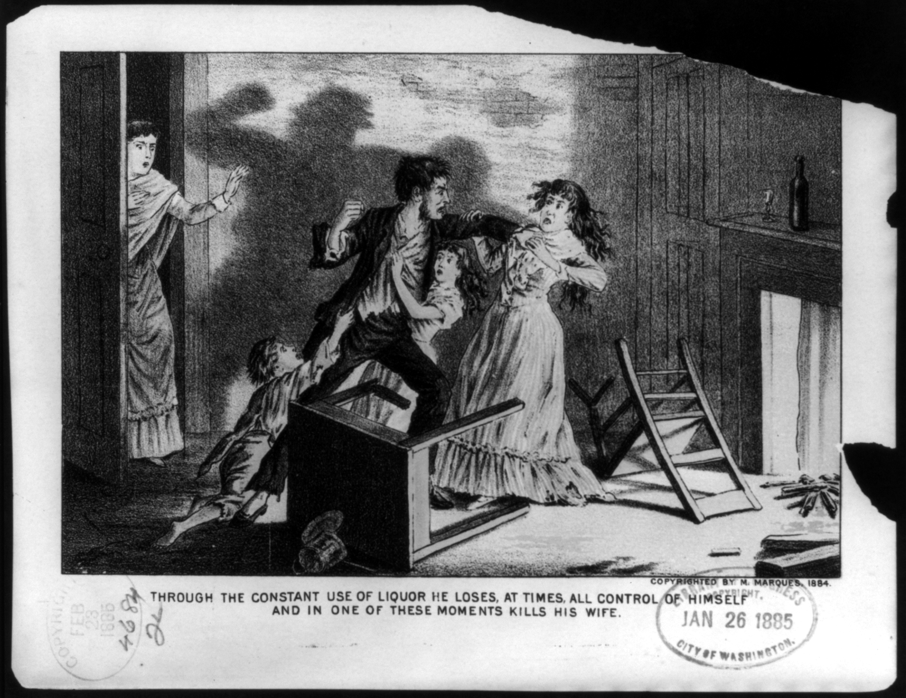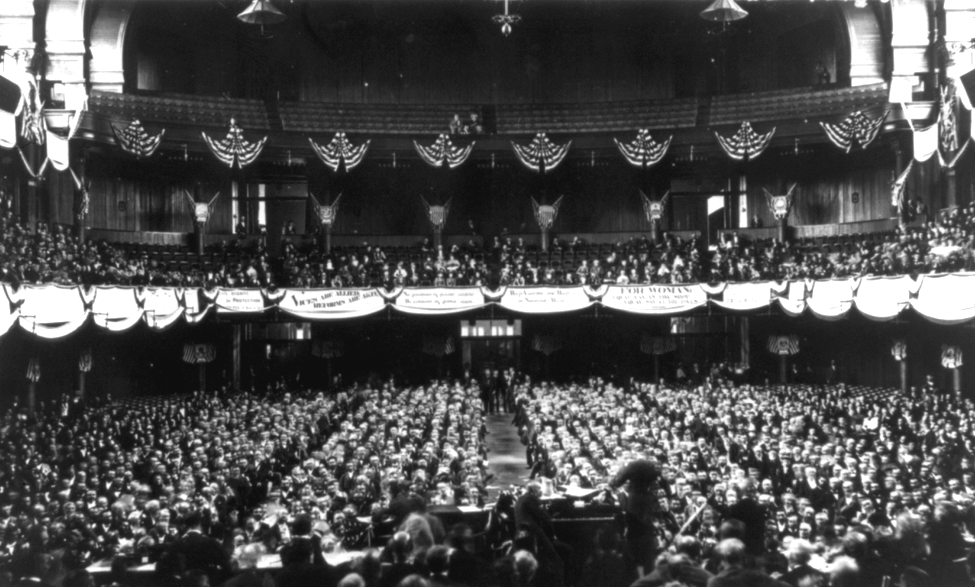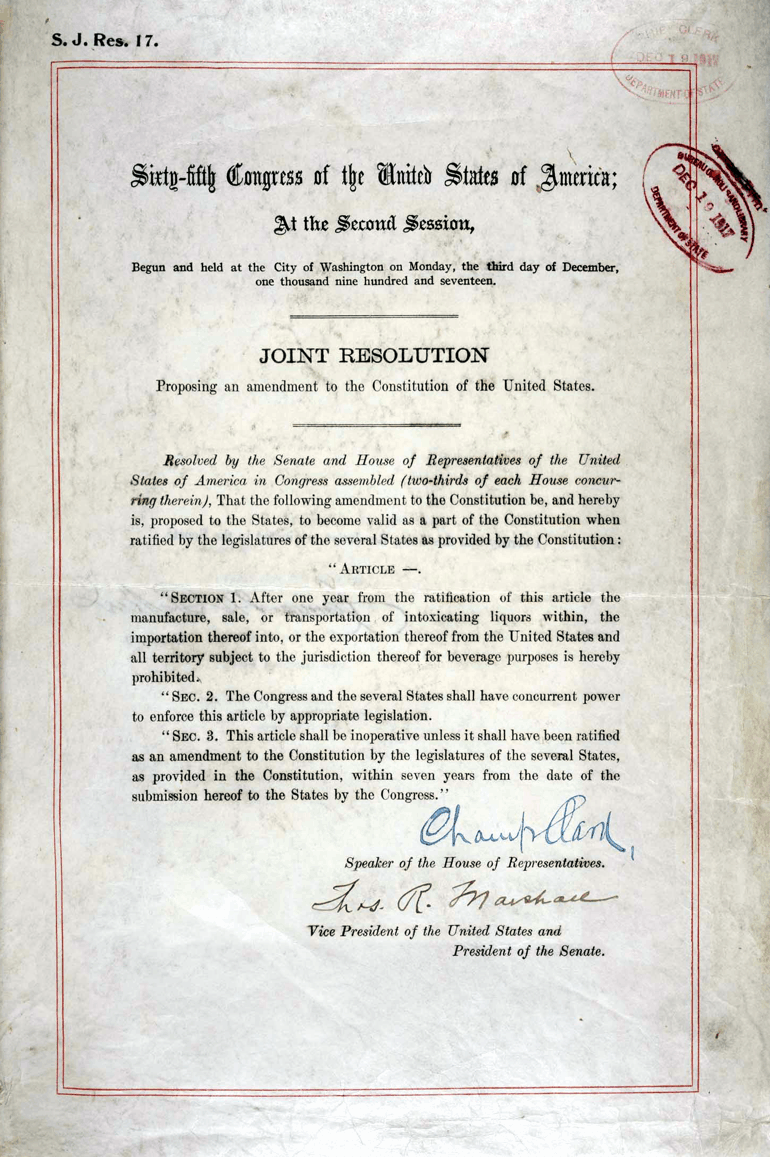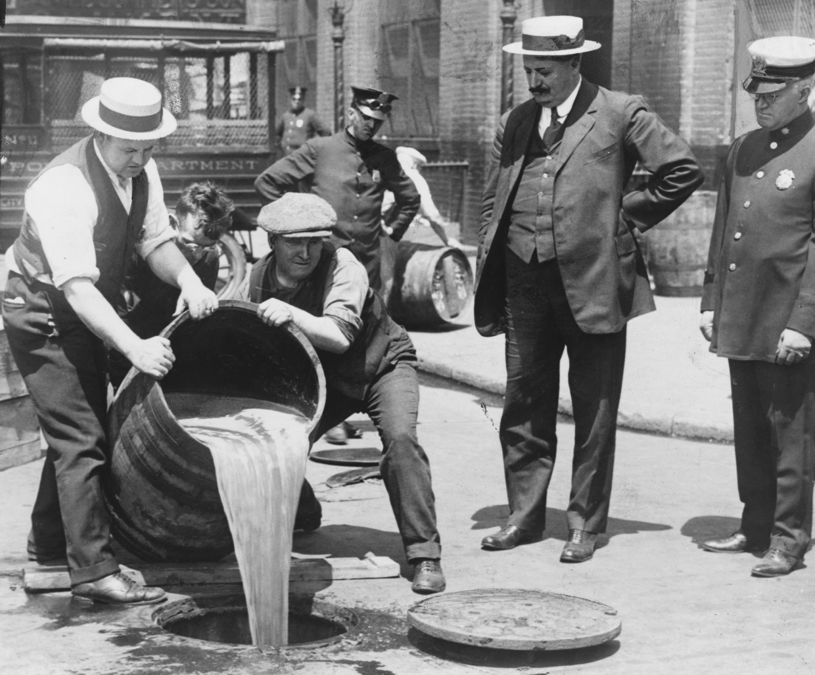The
Temperance Movement
The temperance movement was a widespread effort by many people during the 1800s and early 1900s to reduce the consumption of alcohol. Many in the movement wanted an outright ban on all alcoholic drinks, including beer, wine, and hard liquor. They saw alcohol as a source of social problems including violence, crime, and poverty. The political cartoon shown on the right is from a weekly magazine in 1874. It shows the view that most people in the temperance movement had of bars, saloons, and taverns that served alcohol. Notice that the bartender is the figure of Death. In a back room there is a drunken fight, with one man swinging a bottle. Just outside the door are two children, perhaps pleading for their father to come back home. The damage done to families by alcohol drinking was one of the main arguments used by leaders in the temperance movement. |
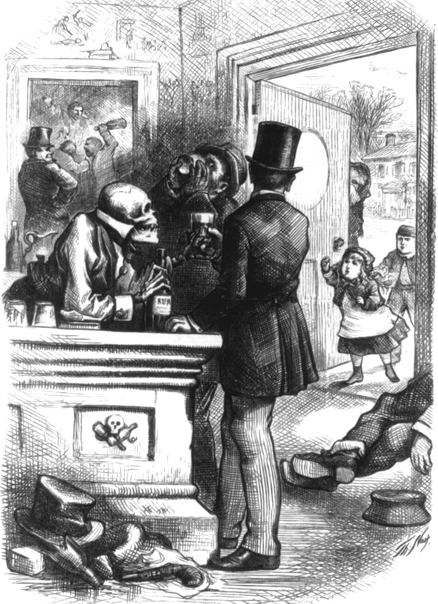 |
